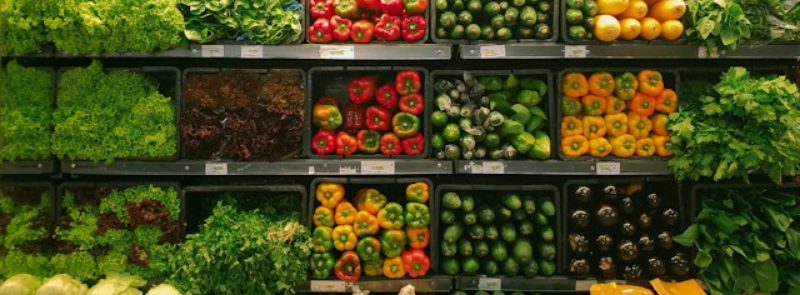
When It Occurs
Every October 16th
Official Website
Timeline
Days Passed (805)
# Hashtags
#WorldFoodDay #FoodSecurity
Observed every October 16th, World Food Day aims to increase awareness about hunger and encourage action for the future of food, people, and the planet. The Food and Agriculture Organization of the United Nations (FAO) officially declared October 16th as World Food Day in 1979.
This day marks the establishment of the United Nations Food and Agriculture Organization in 1945, with a primary focus on promoting global food security. In 2023, World Food Day emphasized the vital role of water in sustaining life on Earth and serving as the cornerstone of our food supply.
History and Establishment:
-
Inception: World Food Day was established by the United Nations Food and Agriculture Organization (FAO) in 1979.
-
Purpose: The day aims to increase awareness about the importance of food security and agricultural development, especially in countries where hunger and malnutrition are prevalent.
Objectives:
-
Promote Food Security: Raise awareness about the importance of food security and access to nutritious food for all people.
-
Advocate for Action: Advocate for policies and actions that address hunger and malnutrition, improve agricultural productivity, and ensure sustainable food production systems.
-
Celebrate Achievements: Recognize the efforts of individuals, communities, and organizations working to alleviate hunger and improve food security globally.
Themes and Focus Areas:
-
Annual Theme: Each year, World Food Day has a specific theme focusing on different aspects of food security and nutrition, such as climate change and food systems, sustainable agriculture, food waste reduction, etc.
-
Global Issues: Addressing challenges such as poverty, climate change, conflict, and economic inequalities that impact food security and access to nutritious food.
Activities and Events:
-
Symposiums and Conferences: Organizations, governments, and institutions organize events to discuss and debate issues related to food security, agricultural development, and nutrition.
-
Campaigns and Initiatives: Public awareness campaigns, educational programs, and fundraising events are held to support food assistance programs and promote sustainable food practices.
-
Community Engagement: Local communities participate in activities such as food drives, community gardens, and workshops on nutrition and sustainable farming practices.
Global Partnerships:
-
UN Agencies: Collaboration between FAO, WHO, UNICEF, and other UN agencies to coordinate efforts in addressing hunger, malnutrition, and food security.
-
NGOs and Civil Society: Partnerships with non-governmental organizations, foundations, and grassroots movements to implement programs and initiatives that improve food access and nutrition.
Sustainable Development Goals (SDGs):
-
SDG 2: Focuses on ending hunger, achieving food security, improving nutrition, and promoting sustainable agriculture.
-
SDG 3: Addresses health and well-being, including nutrition-related goals to reduce stunting and wasting among children.
Impact and Progress:
-
Global Efforts: Progress in reducing hunger and malnutrition through international cooperation, policies, and investments in agriculture and rural development.
-
Challenges: Persistent challenges include climate change, conflict, economic instability, and access to resources that affect food security and nutrition outcomes.
Conclusion:
World Food Day serves as a reminder of the need to prioritize food security and nutrition as fundamental human rights. By promoting awareness, advocating for policy changes, and fostering global cooperation, World Food Day contributes to efforts aimed at achieving a world free from hunger and malnutrition.


